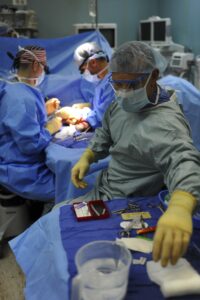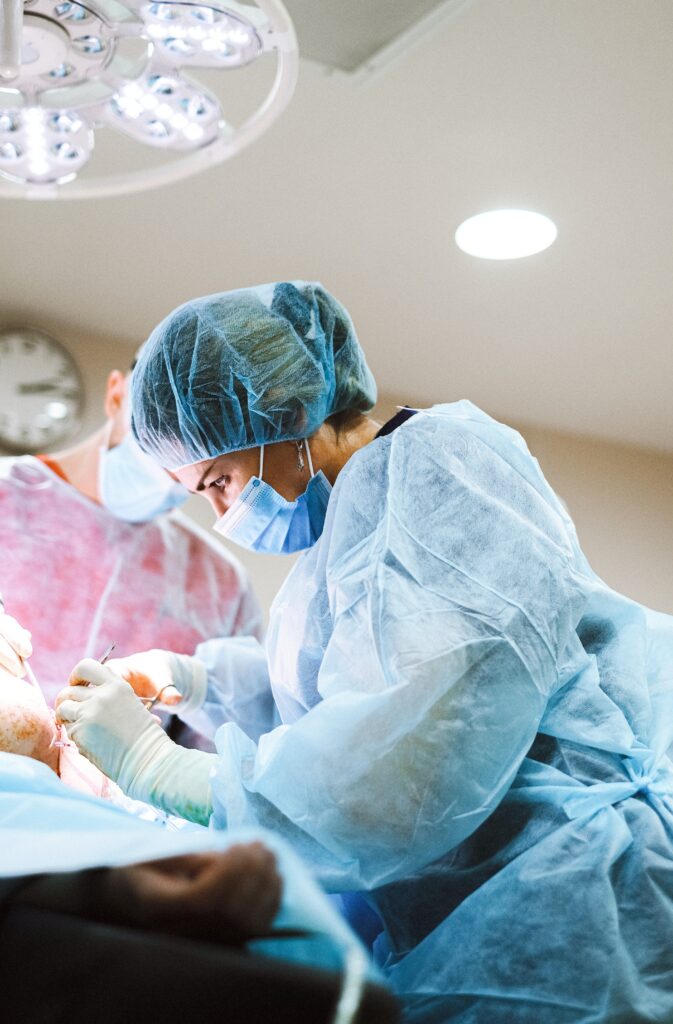


During surgery, sterile surgical drapes are used to prevent contact with unprepared surfaces and to preserve the sterility of the surfaces, equipment, and surroundings of the patient. With a reusable system, the chances of developing a wound infection are 2.5 times higher than with a disposable system. Results of studies have demonstrated not only a significant reduction in wound infection rates when using disposable drapes but also major cost savings.
During surgical procedures, the risk of pathogen transmission increases if the barrier materials become wet. Consequently, the multiple or single-use materials used in a surgical procedure for drapes must prevent liquid penetration.
Reusable materials typically consist of various tightly woven textiles and/or knitted cotton or other fabrics that are possibly combined with polyester and/or treated chemically. The protection and durability of reusable products reduce after many cycles of processing and treatment. The barrier protection provided by reusable drapes also gets compromised during the surgical procedure when they get wet.
Usually, disposable surgical cloths consist of non-woven fabrics made from various types of polymers, possibly combined with chemical treatment. Due to the critical role that they play in reducing/eliminating Surgical Site Infections (SSI’s), it’s of utmost importance that a thorough risk analysis is conducted on disposable surgical drapes to ascertain their suitability for each surgery.
Disposable Drape designs provide strikethrough resistance against the splash/spray of fluids on the fabric. they also possess lint-free and scratch-resistant features. Disposable surgical drapes provide consistent reliable adhesion to the skin or wound edges especially during heavy retraction and irrigation, providing a barrier to bacteria on the skin. Barrier efficacy is an important factor in infection prevention, hence a fluid control feature not only reduces potential exposure to infectious body fluids but keeps the patient dry, which can help reduce the turnaround time between procedures. Disposable Drapes have in-built pouches that aid in collecting the body fluids and blood and are easy to clean up and dispose of.
The material of Disposable surgical drapes is made from flame-resistant materials that will resist catching fire in oxygen-rich environments, like the operation theatre. Surgeons always prefer disposable drapes of the finest quality which are soft and pliable for both patients and operative staff. Premium quality disposable surgical drapes provide strength and comfort and are available in different fabrics such as Spunlace, SMMMS, and Trilaminate. Thus using disposable surgical drapes drastically reduces the possibilities of infections through SSI’s.
